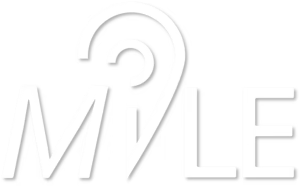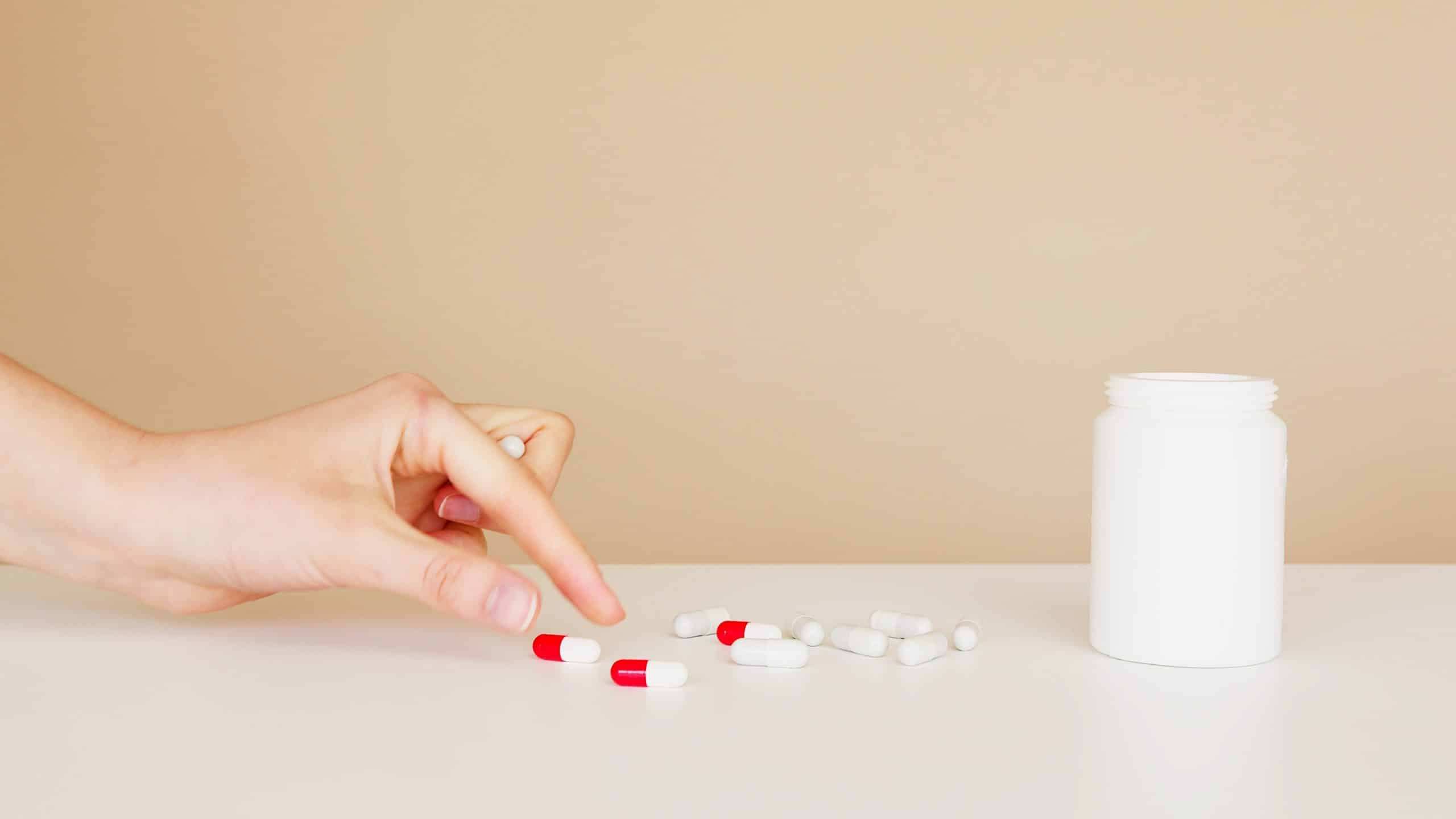Pharmacy Delivery: Challenges, Trends and Solutions

In 2020, half of 1,000 patients received medication via pharmacy delivery rather than at a retail pharmacy. I guess it’s not surprising, since 2020 was the year of social distancing.
Four in ten Americans need prescriptions to treat two or more chronic conditions, the Centers for Disease Control and Prevention reports. Coupled with the fact that by 2035 there will be more seniors than 18-and-under. It’s easy to see how the demand for prescription medications will increase. Online pharmacy delivery companies will benefit greatly from this.
The growth of pharmacy delivery isn’t just about prescription medications. People are increasingly buying pharmacy items online, like OTC medicines, personal care products, and wellness products.
This guide explores pharmacy delivery trends and challenges in this industry. And how software can help companies compete.
Pharmacy delivery sector’s growth
According to Future Market Insights, prescription delivery would reach $434.3 million by 2030, growing 18.4% per year. As of 2021, this sector was mostly dominated by large retailers and chain drug stores, independent pharmacy delivery services, and health insurance companies offering mail-order prescriptions.
Here are a few players in pharmacy delivery:
ZipDrug
This company (part of IngenioRx) matches Medicare Advantage patients with participating in-network pharmacies. So they can receive the best deals on medications. For each patient who uses ZipDrug to fill their prescriptions, ZipDrug earns a modest monthly fee from health plans. ZipDrug’s pharmacy partners operating in 31 states as of March 2022.
CVS Pharmacy Delivery – Over the first quarter of the year, pharmacists at CVS waived the fee for home delivery of prescriptions. And the number of prescription deliveries was 1,000% higher than it was in the same period last year. Increased 90-day prescription fills boosted CVS’s revenue.
Pharmacy Delivery from Walmart
Walmart introduced Walmart+ Rx for less in 2021 as a prescription savings program for its members. Some medications are free for Walmart+ members. Delivery is free (sometimes same day), and there’s no minimum order.
The market share of Express Scripts, acquired by Cigna in 2008, is 10.9%.
Amazon owns this direct-to-patient pharmacy that accepts out-of-pocket payments from patients or payments with FSA/HSA cards. It is covered by most insurance companies as well.
DivvyDose
In September 2020, UnitedHealth Group acquired PillPack’s competitor DivvyDose. DivvyDose’s services organize patient medications into packets with labels for easy tracking. Also, they are especially beneficial to patients taking multiple medications to manage chronic conditions.
Operators of pharmacy delivery services face challenges
U.S. post offices nationwide created significant backlogs of mail-in 2020 due to new policies to reduce overtime. The backlogs of prescription drugs delayed drug delivery, and customers complained to senators.
Pharmacists dealing with pharmacy delivery face several challenges, including concerns about postal delays. Pharmacy delivery companies face several other challenges, including:
The In-Person Trust Factor
In a survey of 1,390 adults conducted by Public Policy Polling in February of 2021, 85% of respondents preferred to buy their prescription medications from their local pharmacist. In addition, 36% said they know their local pharmacist better than a mail-order company; 15% were concerned about mail-order medication being stolen, damaged, or lost.
Pharmacy delivery companies must provide a seamless user experience and a transparent, reliable delivery service to be competitive with in-person pharmacies and overcome concerns about delivery.
Scattered Supply Chain
There are at least five steps in the pharmaceutical supply chain:
- Production of products
- distributing wholesale
- for distribution to pharmacies
- Price negotiations between pharmacy benefit managers
- Dispense/deliver medications to patients
Supply chain hiccups can lead to a negative customer experience. To improve service, many pharmacy delivery companies are investing in last-mile delivery solutions. Examples include CVS Health, Pfizer, and Oscar Health.
Inaccurate Order Allocations
The pharmaceutical supply chain involves many steps. Though this places an increased risk of inaccurate order allocations – incomplete orders, incorrect dosages, or incorrect medications.
Advantages of Pharmacy Delivery Software
There is much to learn about improving pharmacy delivery experiences from the major players. Independent pharmacies and pharmacy delivery startups should take note. Any size pharmacy delivery operator can benefit from pharmacy delivery software, which can help them improve customer service, identify weak areas in processes, and remain competitive.
Pharmacists can streamline operations using pharmacy delivery software in the following ways.
Auto-dispatch and route optimization
You can minimize fuel consumption by up to 40% by using pharmaceutical delivery software. You can eliminate manual route planning altogether.
Software that manages deliveries in real-time monitors the locations of drivers and reassigns shipments based on which drivers can fulfill orders quickly. Instead of wasting time mapping their routes. Drivers simply specify the stops and the software will select the most efficient routes.
Predictive ETAs
Those who are waiting for medication need to know when it will arrive. Predictive ETA is a feature provided by pharmacy delivery software that gives customers an estimate of delivery time. And also tells them how many stops are ahead of theirs before they order (based on historical data and machine learning). The second step is a real-time ETA that shows the customer the driver’s movement on a map.
Dynamic, predictive ETAs also improve the customer experience for drivers and dispatchers. Drivers (or dispatchers) may notify the customer if an ETA changes while en route to delivery. And having a secure, two-way communication feature is also helpful when customers need to update their delivery instructions. Or when drivers need to confirm a delivery location.
إثبات التسليم
Pharmacists are able to record proof of delivery using their smartphones with pharmacy delivery software. Deliveries can be photographed, medication barcodes scanned, and signatures collected remotely.
Compliance
Compliance features in software for pharmacy delivery include ID scanning to verify a customer’s age.
التحليلات
Analyzing analytics, managers can assess delivery efficiency, agility, margins, and customer interactions, among other things.
A Better Way to Approach Pharmacy Delivery
MileNow offers the features pharmacy delivery services need, including:
- ال MileNow route management interface simplifies the process of optimizing deliveries.
- Customers can get real-time ETAs and also view a map showing where drivers are when they use MileNow.
- MileNow does not require extensive training for your drivers. It is mobile-friendly, so they can begin using it right away.
- Deliveries – MileNow’s delivery notifications notify customers. When their pharmacy orders have been delivered.
- It is always important to protect the health of awaiting customers, especially if their immune systems are compromised. Drivers can now collect signatures via contactless technology with MileNow.
- View the map of MileNow to keep track of your drivers.
- MileNow’s integrations allow you to manage pharmacy delivery orders from other applications.
اقرأ المزيد: أفضل تطبيقات توصيل الصيدليات التي يجب أن تعرفها

